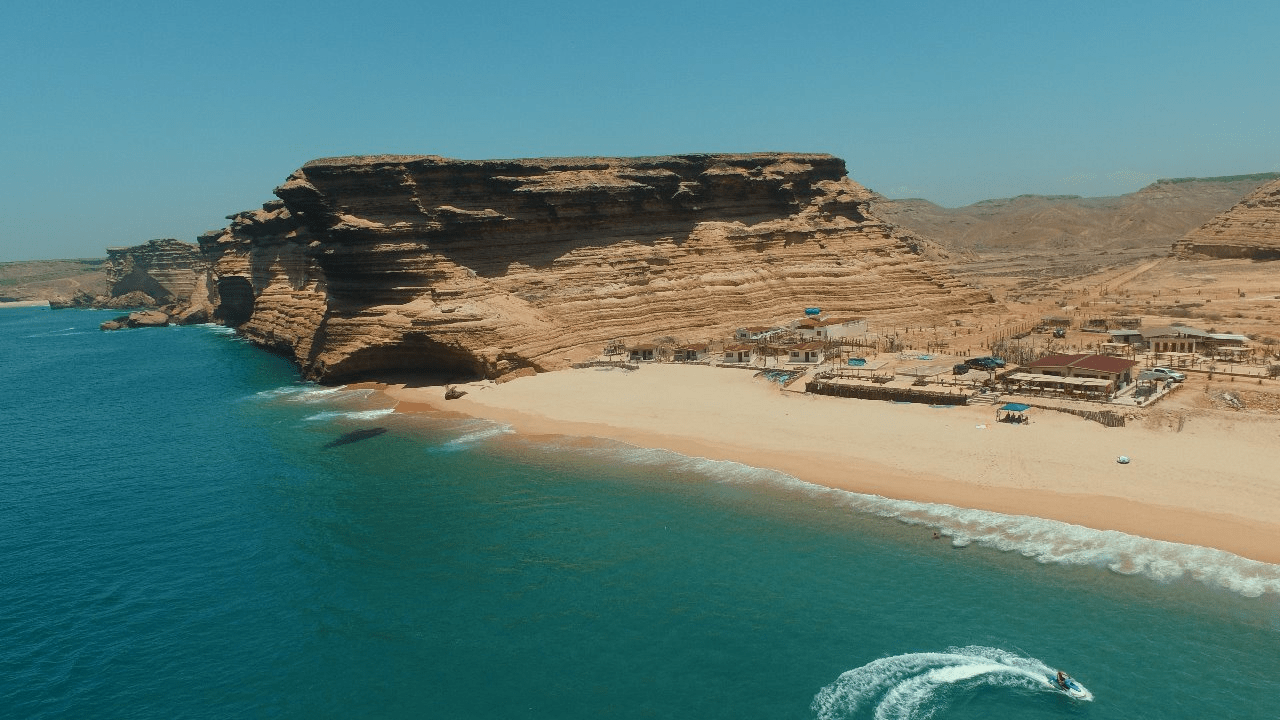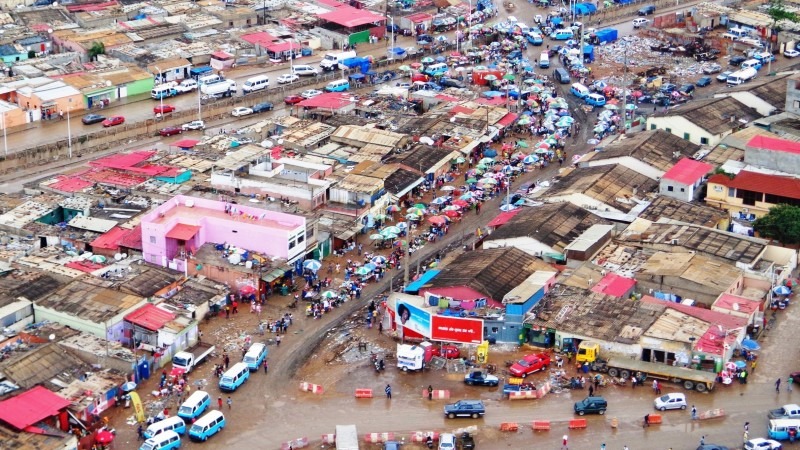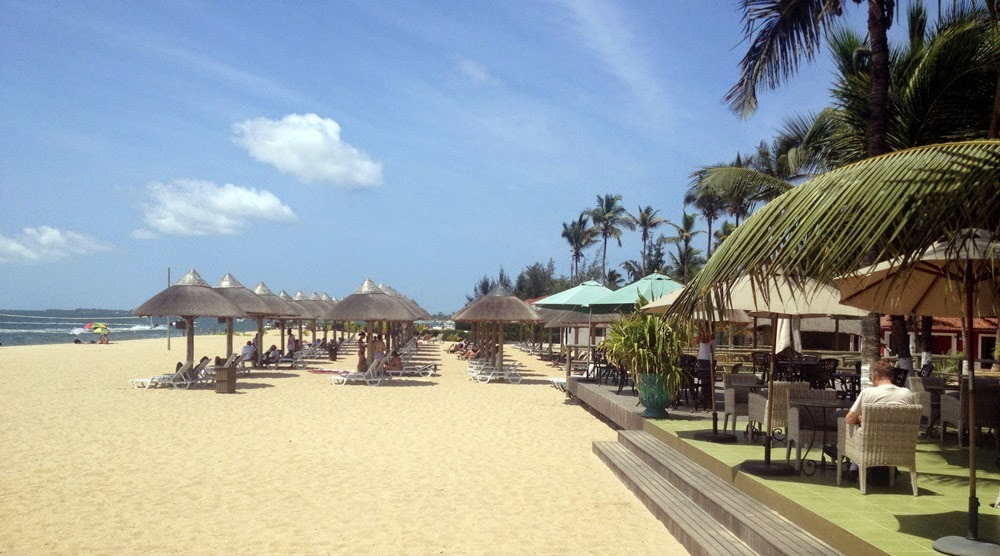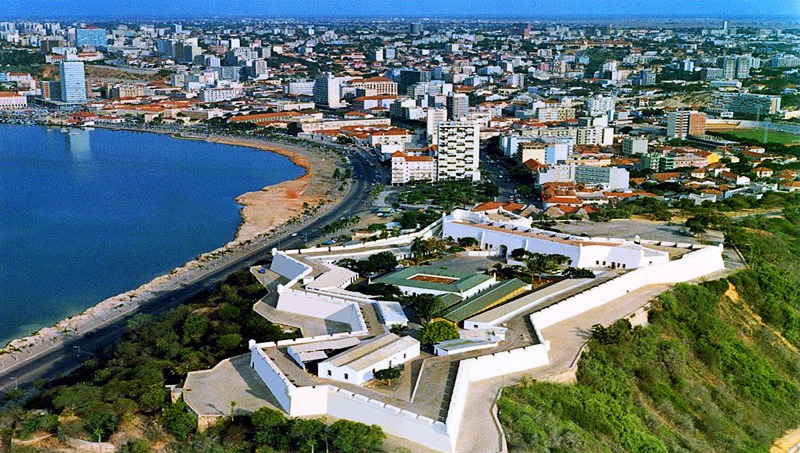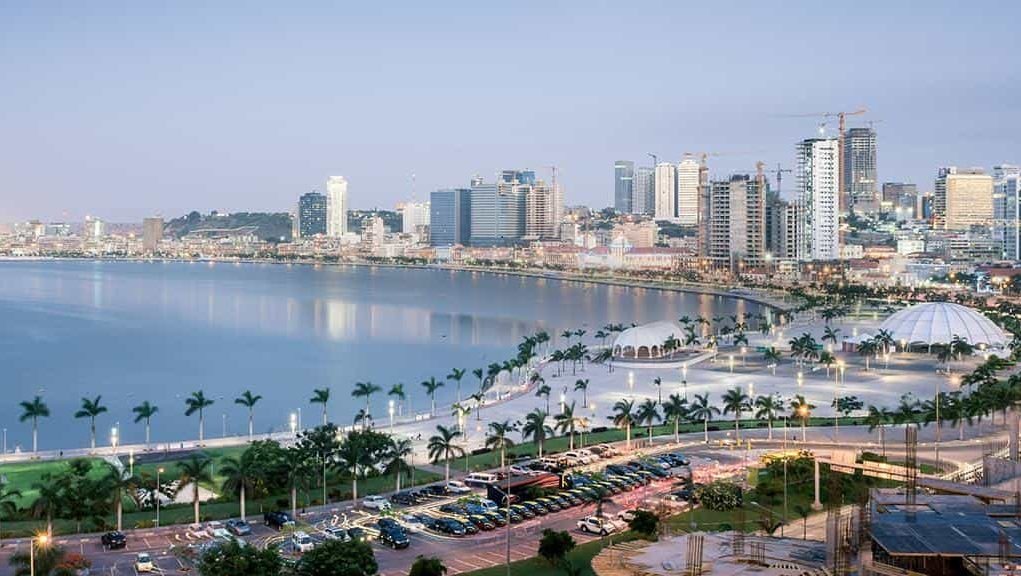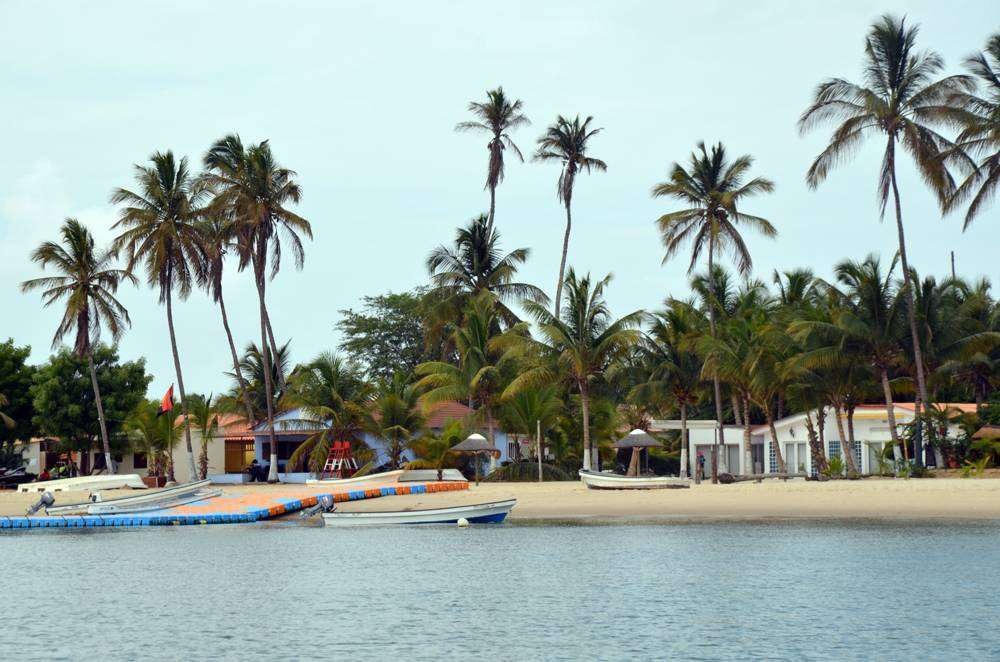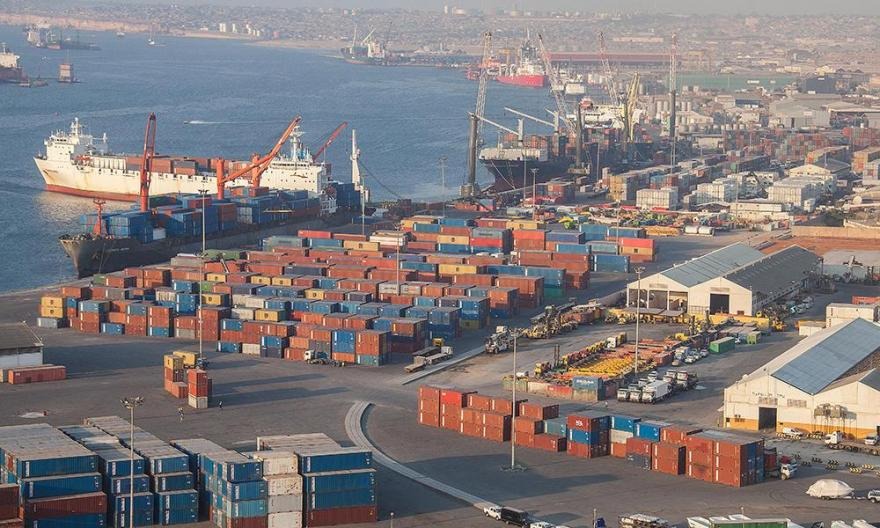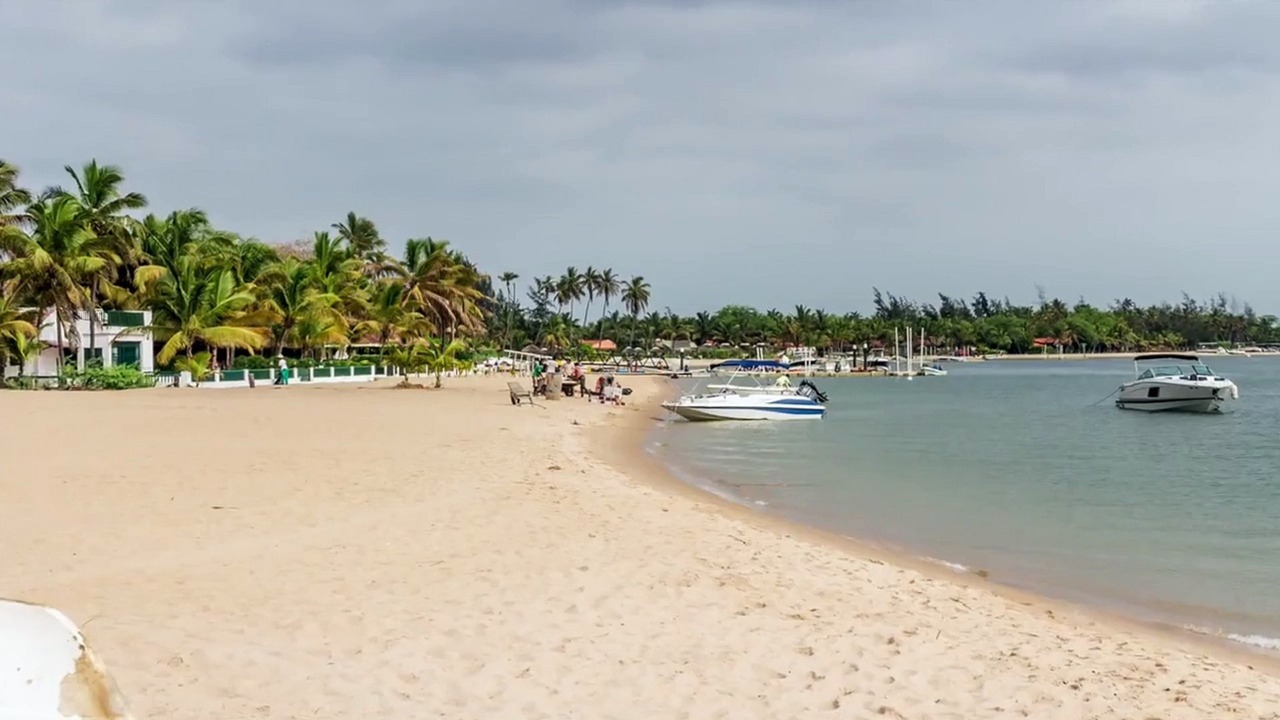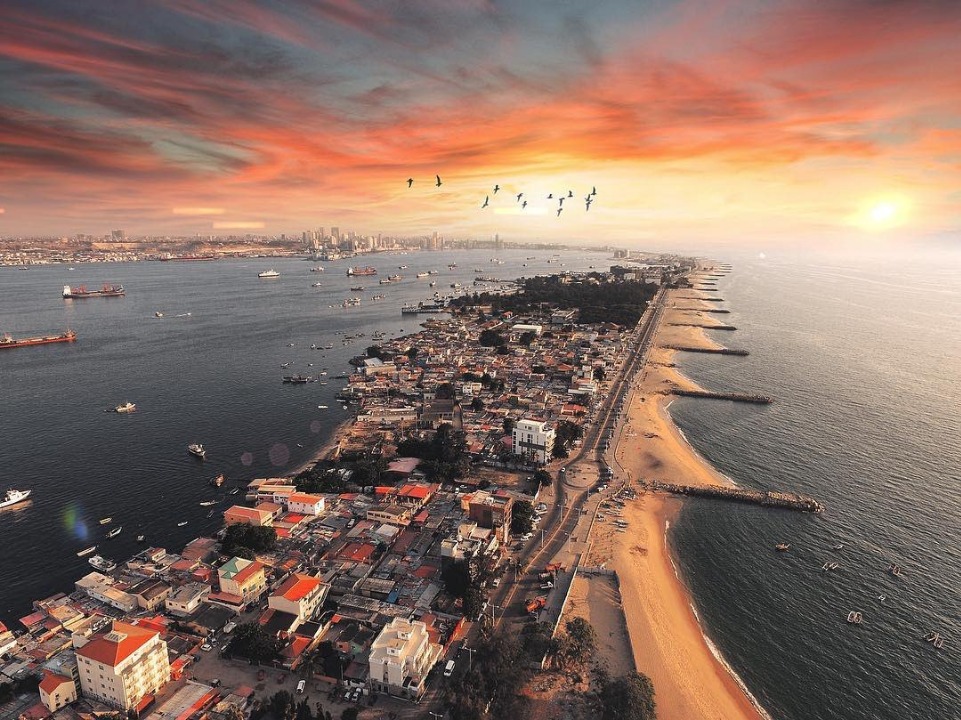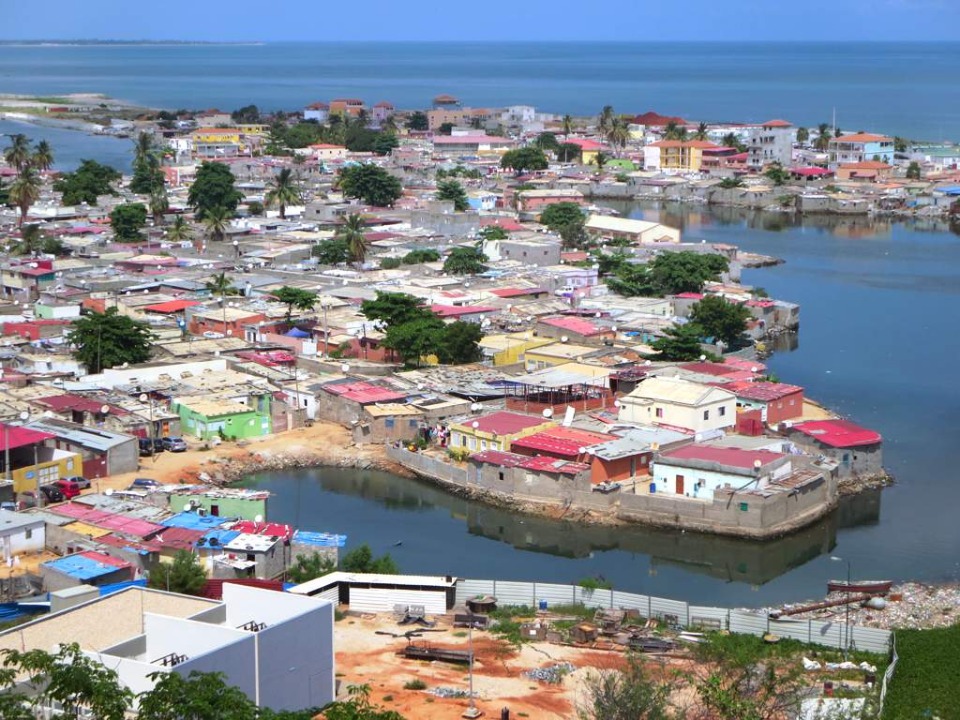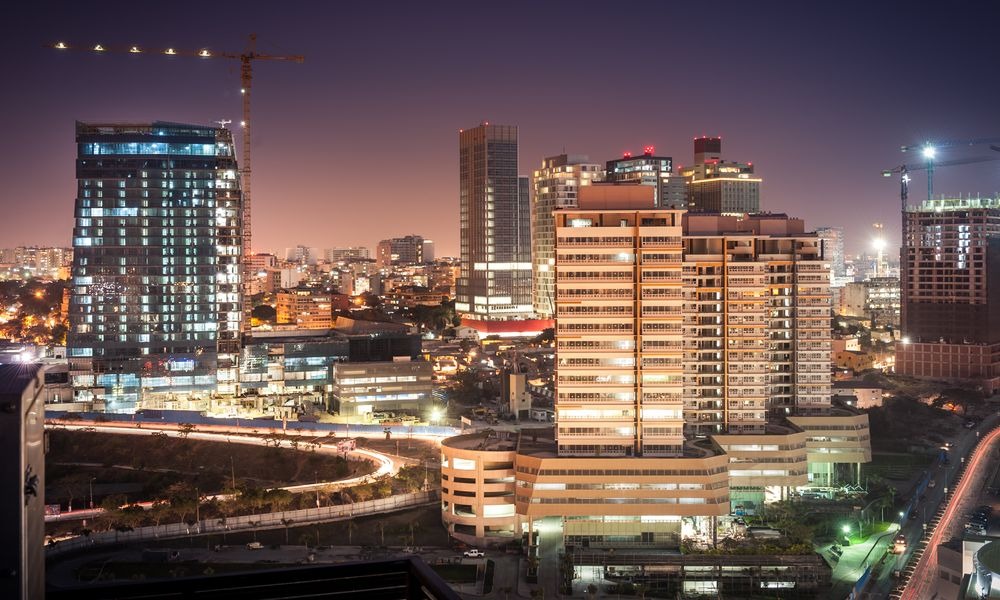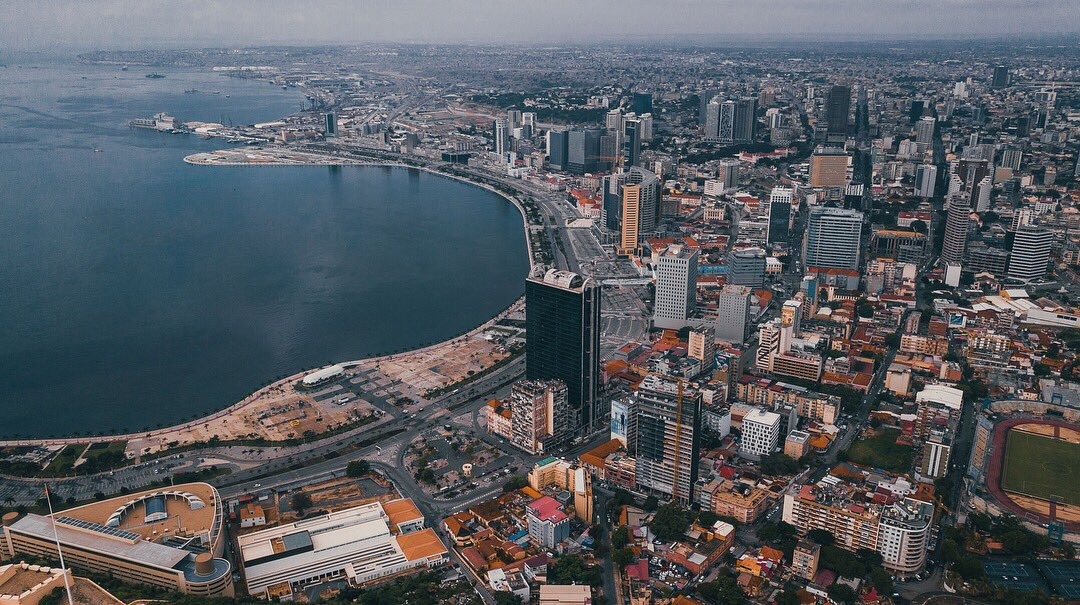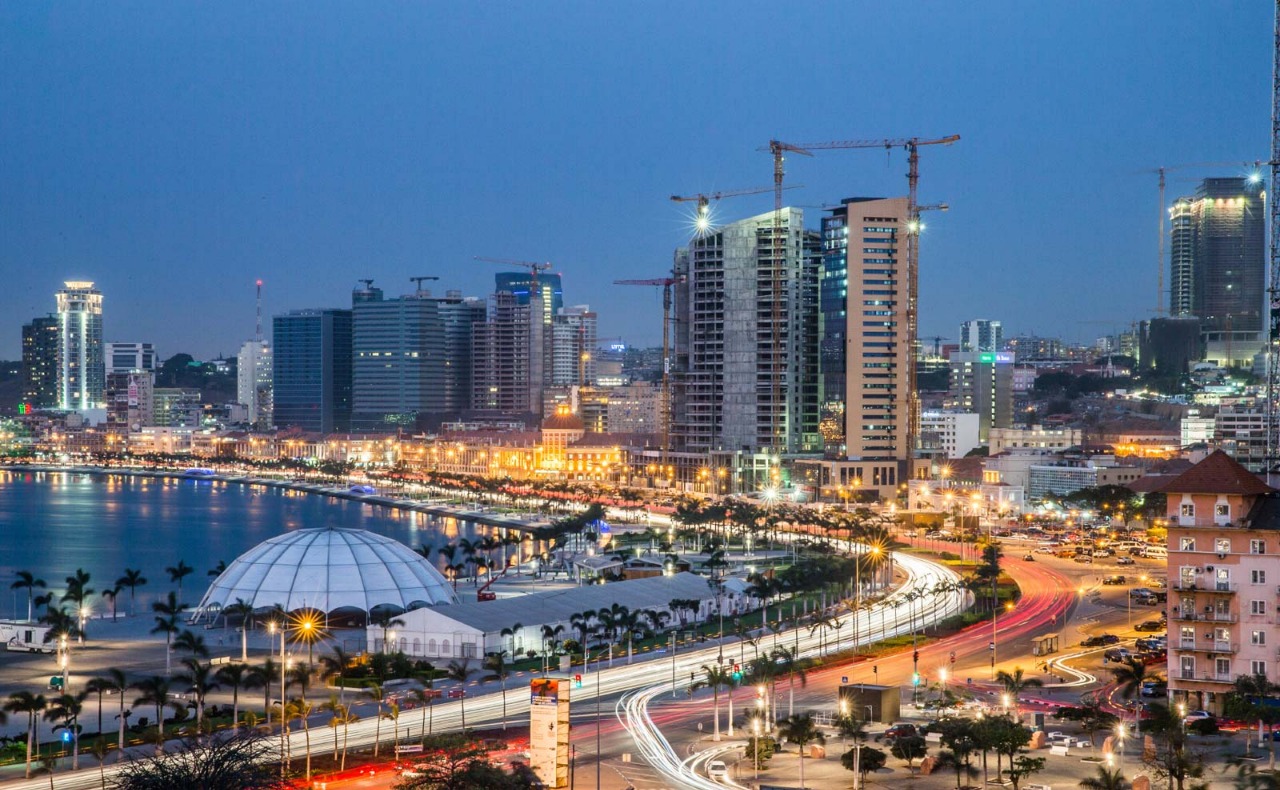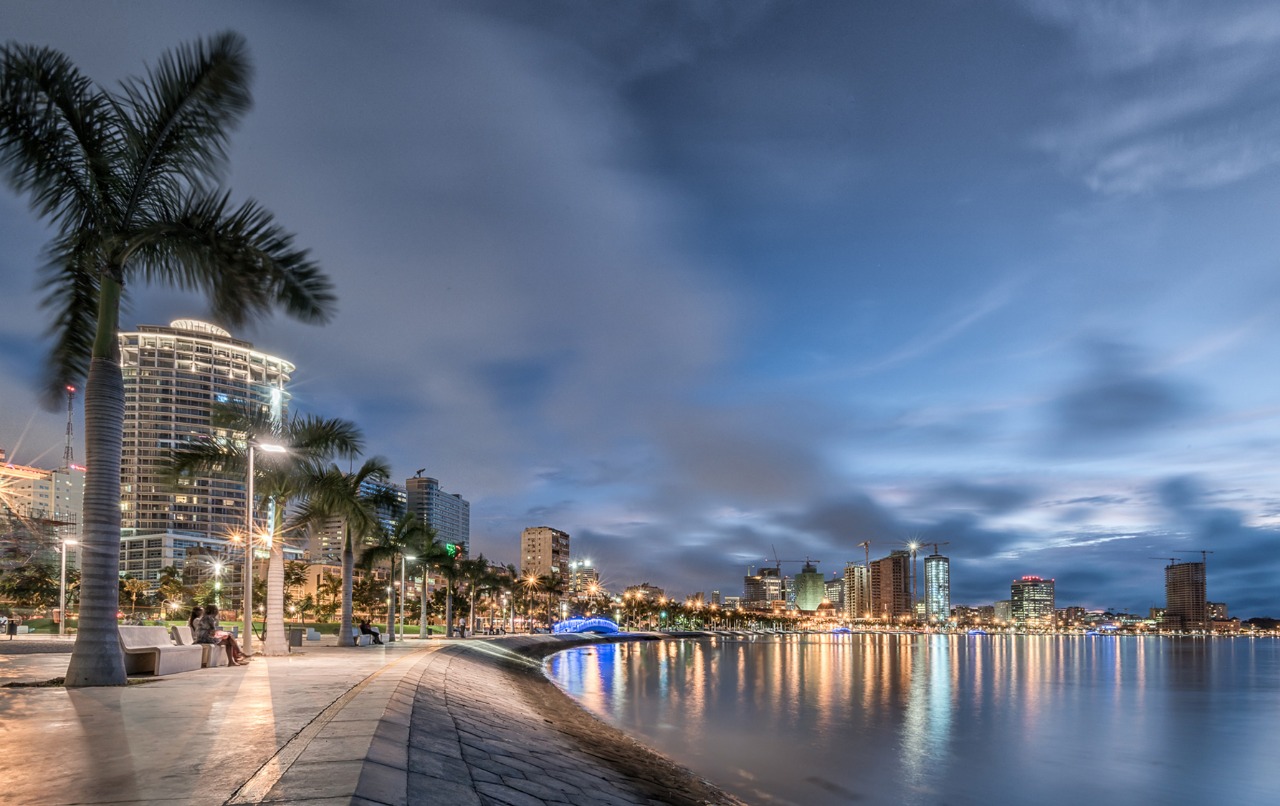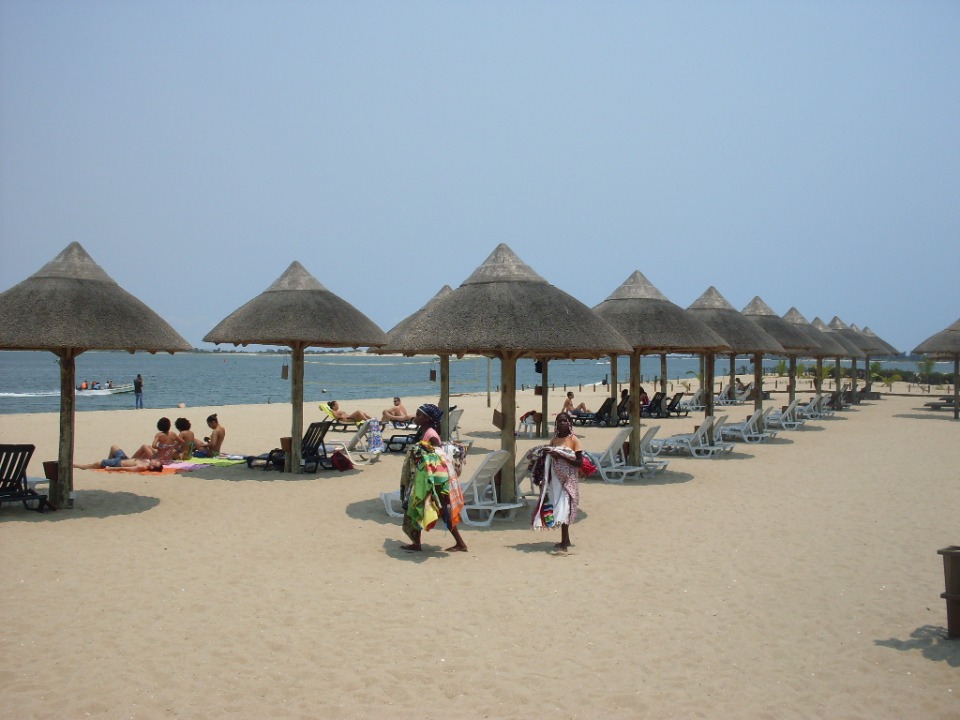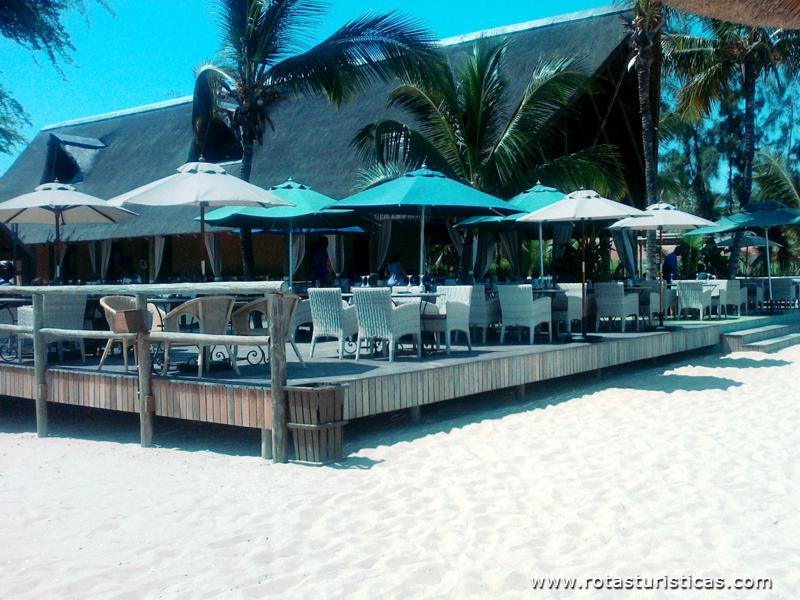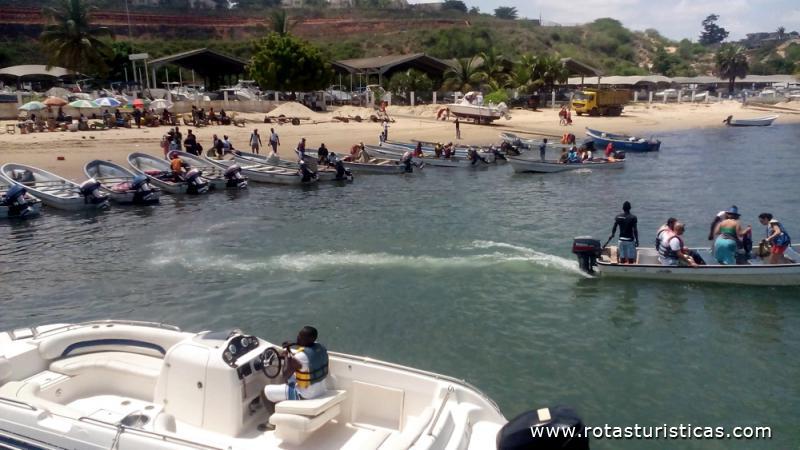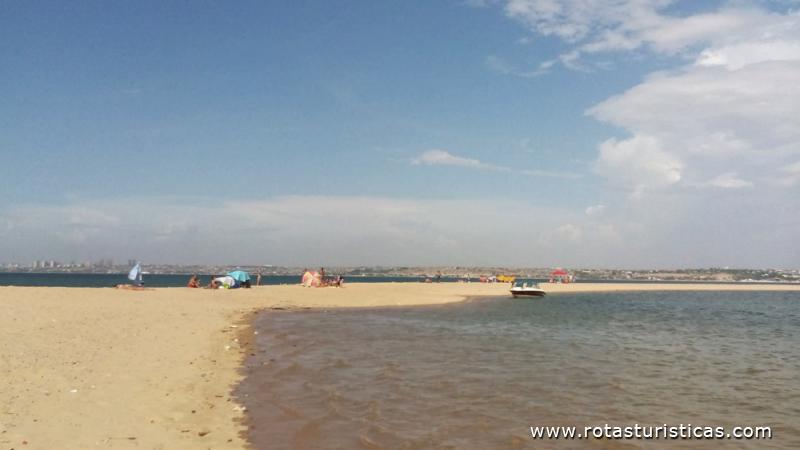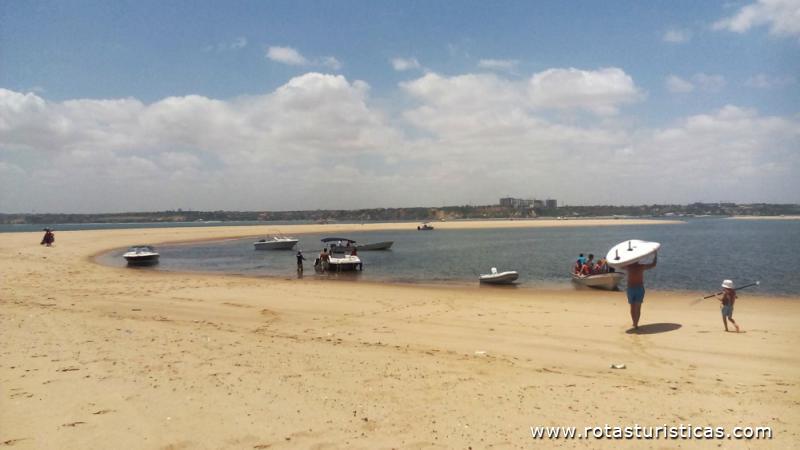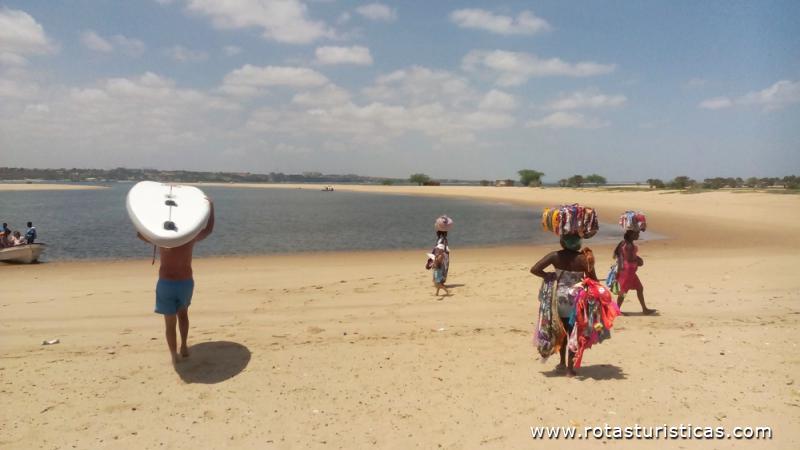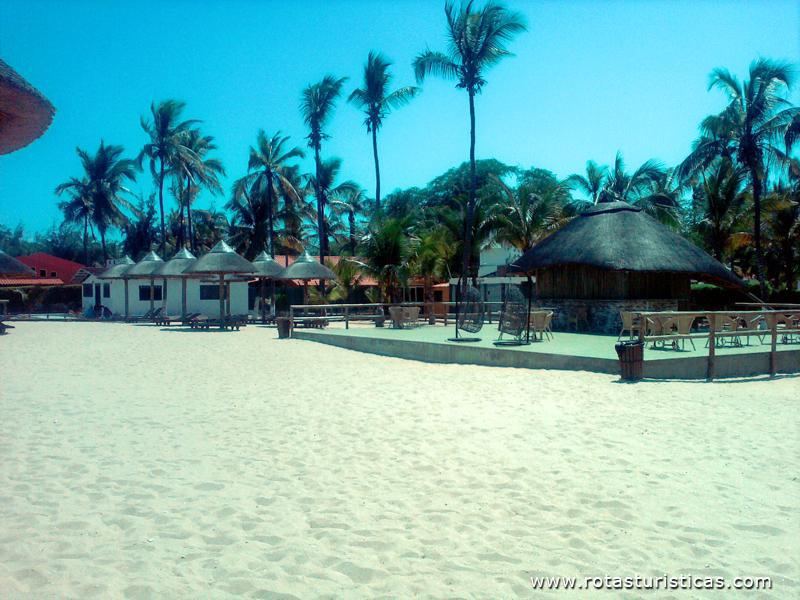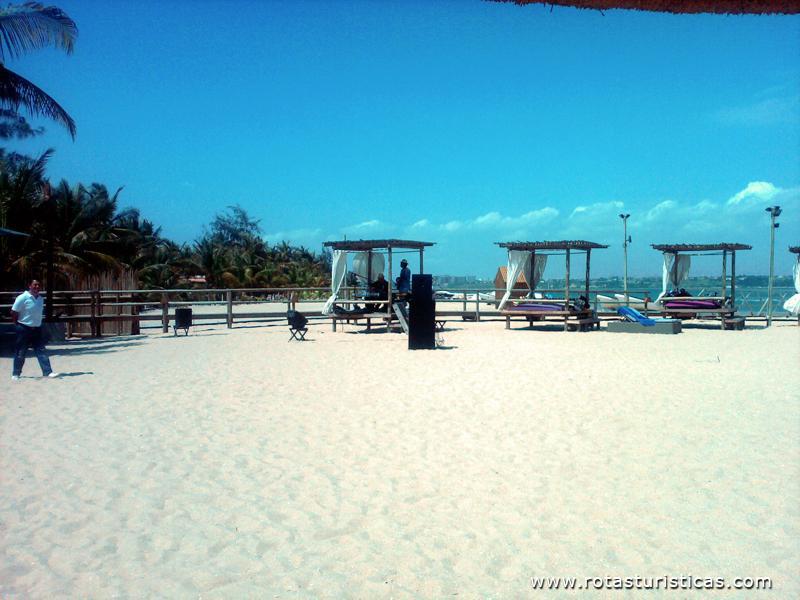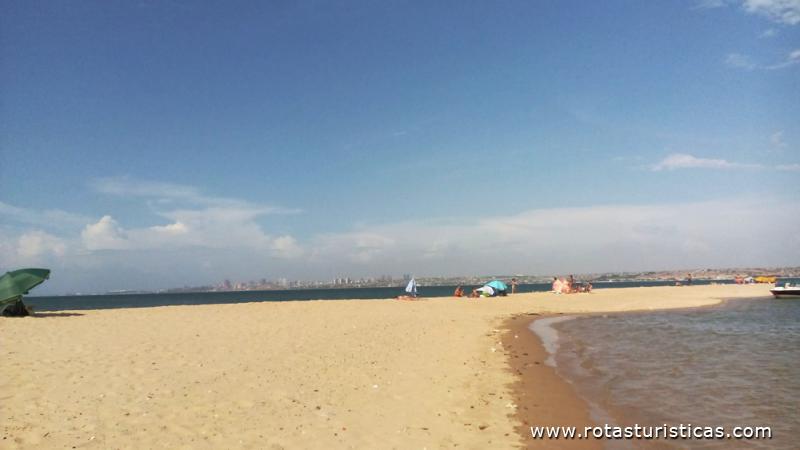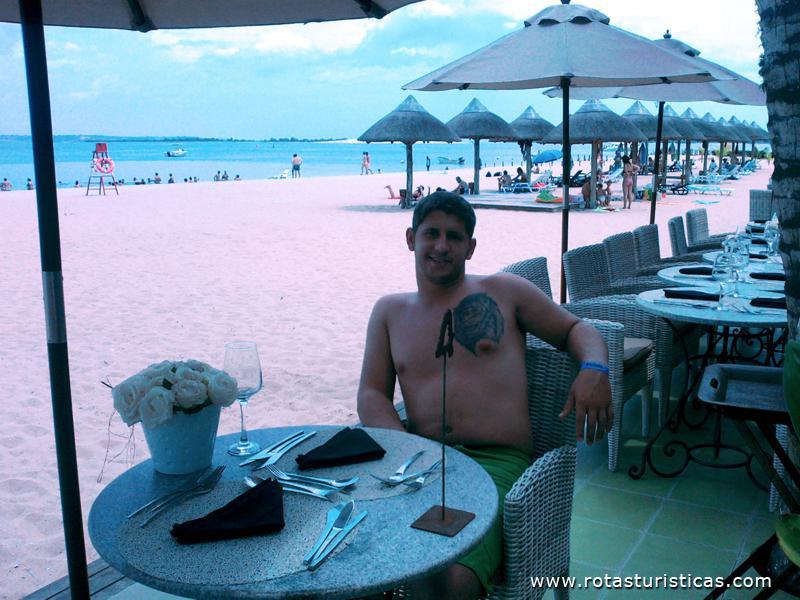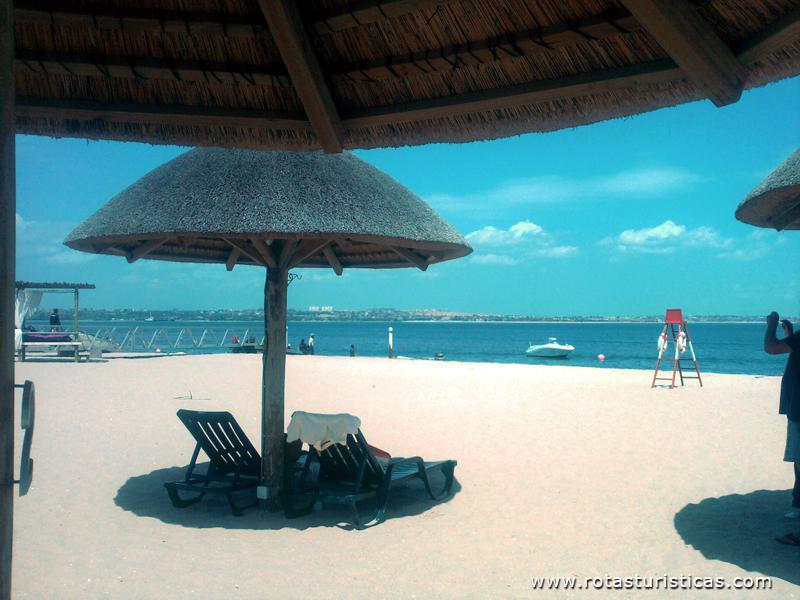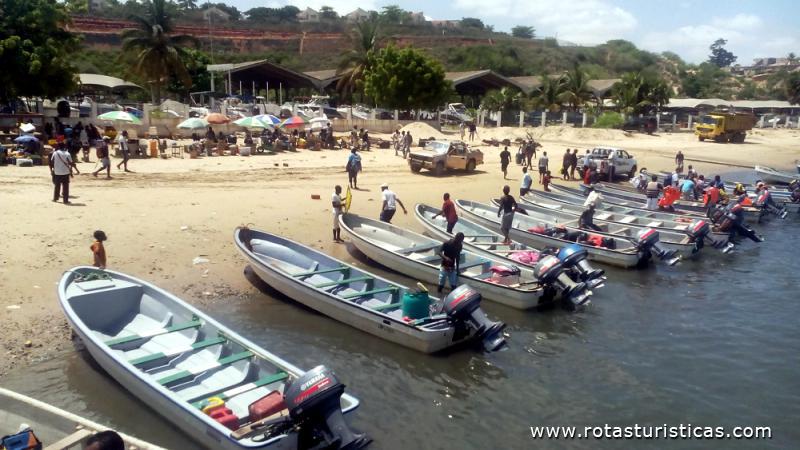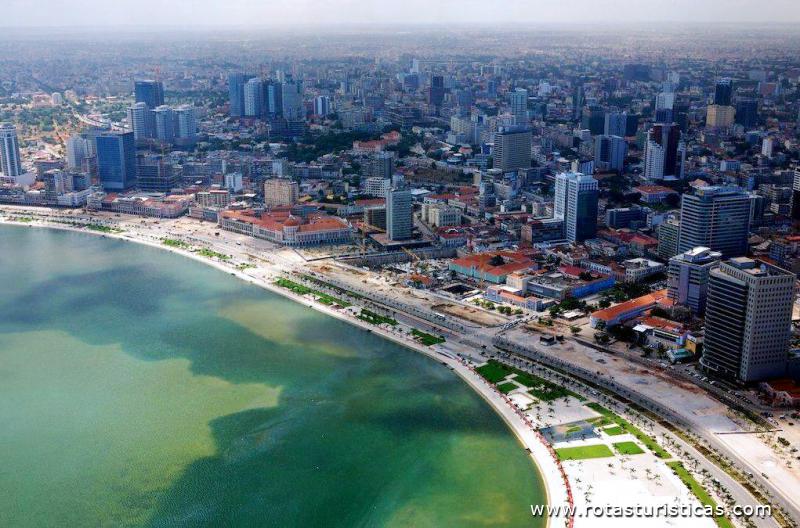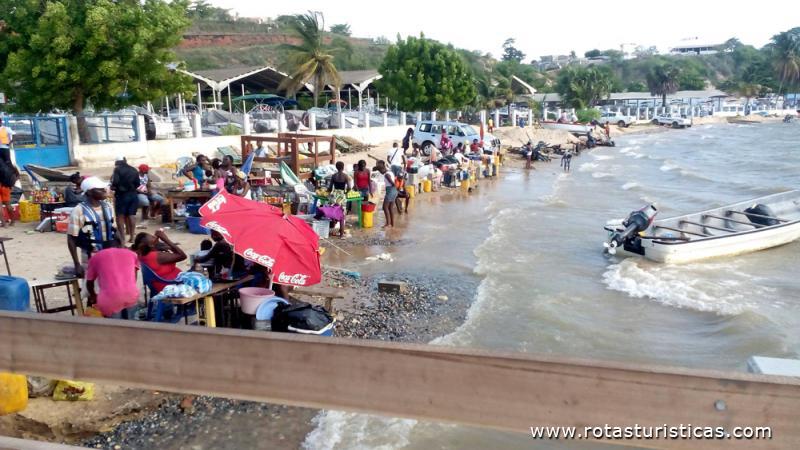Pictures of: Luanda
Location map
Airports
Hotels and other Accommodation
What to visit
Where to Eat
Where to have fun
Consulates & Embassies
World Nomads
The Travel Insurance with the largest coverage

The Travel Insurance with the largest coverage

Luanda
Luanda (formerly Loanda) is the capital and largest city of Angola. Located on the Atlantic Ocean coast, it is also the country's main port and economic center.
It was founded on 25 January 1576 by Portuguese nobleman and explorer Paulo Dias de Novais, under the name of São Paulo da Assunção de Loanda. It has a population of approximately 5 million, making it the third most populous Lusophone city. the world, behind only São Paulo and Rio de Janeiro, both in Brazil - and, in fact, the most populous Lusophone capital in the world, ahead of the others, including Maputo, Brasilia and Lisbon.
Industries present in the city include agricultural processing, beverage production, textiles, cement and other building materials, plastics, metallurgy, cigarettes and shoes. The oil extracted nearby is refined in the city, although the refinery was damaged several times during the civil war that ravaged the country between 1975 and 2002. Luanda has an excellent natural port, with coffee, cotton and sugar being the main exports. , diamonds, iron and salt.
It was founded on 25 January 1576 by Portuguese nobleman and explorer Paulo Dias de Novais, under the name of São Paulo da Assunção de Loanda. It has a population of approximately 5 million, making it the third most populous Lusophone city. the world, behind only São Paulo and Rio de Janeiro, both in Brazil - and, in fact, the most populous Lusophone capital in the world, ahead of the others, including Maputo, Brasilia and Lisbon.
Industries present in the city include agricultural processing, beverage production, textiles, cement and other building materials, plastics, metallurgy, cigarettes and shoes. The oil extracted nearby is refined in the city, although the refinery was damaged several times during the civil war that ravaged the country between 1975 and 2002. Luanda has an excellent natural port, with coffee, cotton and sugar being the main exports. , diamonds, iron and salt.
Luanda History
It was in 1575 that Paulo Dias de Novais, master captain of the conquests of the Kingdom of Portugal, landed on the island of Cape where, in addition to some of his compatriots, he found a very large native population, with around 700 people, 350 of them. like men-at-arms, priests, merchants and servants.
A year later, recognizing that it is not “the ideal accommodation for the capital of the conquest”, he moves to the mainland and founds the village of São Paulo de Luanda, and immediately laid the stone for the building of the church dedicated to São Sebastião, on January 25, 1576, in the place where today is the Central Museum of the Armed Forces (Morro de São Miguel).
The origin of the name Luanda comes from Axiluandas singular Muxiluandas which means “island man / sea” native to Cape Island.
Only about 30 years later with the increase of the European population that joined the native population and the consequent increase of buildings, for different purposes, the village takes city forums, extending the town of S. Miguel hill off in front of the Maria Pia hospital, today Josina Machel.
On 24 August 1641, the people and the government, alarmed by the appearance of the Great Armada Bay under the command of the Dutch Admiral Pedro Houtbeen, hastily left the city, which was a sequence of the disturbances caused by the Dutch, who have beginning around 1624.
In 1648, Portugal restores the conquest of the colony, through an onslaught conducted by Salvador Correia de Sá and Benevides, beginning a new period in which efforts to restore what had been destroyed by the Dutch invasion are noteworthy, and some of the remains were recovered. buildings of the time such as the fortresses of S. Miguel, the Santa Cruz cliff, several churches (some already missing), convents of the Jesuits of the Third Franciscans, Hospital da Misericórdia and various houses, mainly in downtown Luanda.
Among the most remarkable buildings of the time are still preserved the hermitage of Nazareth, the Carmo church and the fence, remains of the Carmelite convent, all from the 19th century. XV. They are from the century. XVIII the finishing of the fortress of S. Pedro da Barra, the fort of Penedo, the Government Palace, the Customs, among others.
Little was the townhouse still in the mid-century. XIX; The most important constructions of this period are the Quitanga Market (1818), the first cemetery (1806) and at the end of the century. D. Maria Pia's hospital, still remarkable today for its plan and grandeur and which the major works of recent years give it such great importance.
It is the mix of all these buildings, ancient and modern, that gives the city a distinctive look of its own.
Since then Luanda has experienced significant growth, and a major demographic explosion has been noted since the 1960s. XX. In just over 10 years Luanda expanded to reach around 880,000 inhabitants, authentically assuming itself as the capital of the new country that was already drawing a near horizon.
This large growth in the urbanized area was followed by a period of stagnation soon after independence, unlike the suburban area of the capital which grew to more than three times the size of 1974 (the last year of the Portuguese colonial authority's stay in the territory). From the 60s of the century. XX The city experienced a demographic explosion and in just over 10 years reached about 880,000 inhabitants and currently has approximately 4 million inhabitants.
A year later, recognizing that it is not “the ideal accommodation for the capital of the conquest”, he moves to the mainland and founds the village of São Paulo de Luanda, and immediately laid the stone for the building of the church dedicated to São Sebastião, on January 25, 1576, in the place where today is the Central Museum of the Armed Forces (Morro de São Miguel).
The origin of the name Luanda comes from Axiluandas singular Muxiluandas which means “island man / sea” native to Cape Island.
Only about 30 years later with the increase of the European population that joined the native population and the consequent increase of buildings, for different purposes, the village takes city forums, extending the town of S. Miguel hill off in front of the Maria Pia hospital, today Josina Machel.
On 24 August 1641, the people and the government, alarmed by the appearance of the Great Armada Bay under the command of the Dutch Admiral Pedro Houtbeen, hastily left the city, which was a sequence of the disturbances caused by the Dutch, who have beginning around 1624.
In 1648, Portugal restores the conquest of the colony, through an onslaught conducted by Salvador Correia de Sá and Benevides, beginning a new period in which efforts to restore what had been destroyed by the Dutch invasion are noteworthy, and some of the remains were recovered. buildings of the time such as the fortresses of S. Miguel, the Santa Cruz cliff, several churches (some already missing), convents of the Jesuits of the Third Franciscans, Hospital da Misericórdia and various houses, mainly in downtown Luanda.
Among the most remarkable buildings of the time are still preserved the hermitage of Nazareth, the Carmo church and the fence, remains of the Carmelite convent, all from the 19th century. XV. They are from the century. XVIII the finishing of the fortress of S. Pedro da Barra, the fort of Penedo, the Government Palace, the Customs, among others.
Little was the townhouse still in the mid-century. XIX; The most important constructions of this period are the Quitanga Market (1818), the first cemetery (1806) and at the end of the century. D. Maria Pia's hospital, still remarkable today for its plan and grandeur and which the major works of recent years give it such great importance.
It is the mix of all these buildings, ancient and modern, that gives the city a distinctive look of its own.
Since then Luanda has experienced significant growth, and a major demographic explosion has been noted since the 1960s. XX. In just over 10 years Luanda expanded to reach around 880,000 inhabitants, authentically assuming itself as the capital of the new country that was already drawing a near horizon.
This large growth in the urbanized area was followed by a period of stagnation soon after independence, unlike the suburban area of the capital which grew to more than three times the size of 1974 (the last year of the Portuguese colonial authority's stay in the territory). From the 60s of the century. XX The city experienced a demographic explosion and in just over 10 years reached about 880,000 inhabitants and currently has approximately 4 million inhabitants.
Currency
Kwanza
Official language
Portuguese
Tourism
Founded by the Portuguese in 1575, the city had a tumultuous history, finally reaching peace in 2002 after the long civil war, but it has not lost the charm of its natural beauty or a unique atmosphere, marked by the Portuguese presence, but where culture and African identity are also strongly marked.
With the increase of population and the wave of construction, the city is being reborn. A visit to nearby Mussulo, a tiny island covered with coconut palms, bungalows and bars, and featuring beaches with wide swaths of sand and calm waters, is almost a must.
Two large rivers, the Bengo and the Kuanza, from which the national currency is derived, cut the province and give rise to floodplains. Formerly called São Paulo de Luanda, it was founded on January 25, 1575, by Captain Paulo Dias de Novais, who, upon landing on the island of Cape, found a large native population.
Calm or busier beaches, with fine white sand, flat or dune, make up a picture of rare beauty. Increasingly a large business center, Luanda is also becoming a growing tourist destination for those looking for sun, beach, culture, nature, adventure and fun. With a dazzling dynamic, it is the gateway to a new world with unique smells and tastes. Arriving in Luanda by plane, the bay welcomes you with all its beauty. It is the first contact with a city in great growth and development, with European and African traits.
With the increase of population and the wave of construction, the city is being reborn. A visit to nearby Mussulo, a tiny island covered with coconut palms, bungalows and bars, and featuring beaches with wide swaths of sand and calm waters, is almost a must.
Two large rivers, the Bengo and the Kuanza, from which the national currency is derived, cut the province and give rise to floodplains. Formerly called São Paulo de Luanda, it was founded on January 25, 1575, by Captain Paulo Dias de Novais, who, upon landing on the island of Cape, found a large native population.
Calm or busier beaches, with fine white sand, flat or dune, make up a picture of rare beauty. Increasingly a large business center, Luanda is also becoming a growing tourist destination for those looking for sun, beach, culture, nature, adventure and fun. With a dazzling dynamic, it is the gateway to a new world with unique smells and tastes. Arriving in Luanda by plane, the bay welcomes you with all its beauty. It is the first contact with a city in great growth and development, with European and African traits.
Weather
The weather is hot and humid but surprisingly dry due to the cold Benguela current that prevents moisture condensation to generate rain. Fog often prevents temperatures from dropping at night, even during June, which usually causes complete droughts until October.
Luanda has an annual rainfall of 323 millimeters, but the variability is among the highest in the world, with a coefficient of variation of over 40%. The short rainy season in March and April depends on a northern counter current that brings moisture to the city.
Luanda has an annual rainfall of 323 millimeters, but the variability is among the highest in the world, with a coefficient of variation of over 40%. The short rainy season in March and April depends on a northern counter current that brings moisture to the city.
Health care
Medical care for delicate emergencies is limited to the cities of Luanda and Benguela, where there are some private clinics, which have a 24-hour service and specialist doctors. Prices are high and must be paid in advance. There has been a recent record of misdiagnosis to keep inpatients and charge large daily rates, so it is advisable to seek a second opinion whenever possible.
Angola is part of an endemic area of malaria, hepatitis A and B and polio, as well as cholera outbreaks, so vaccination or updating is extremely convenient.
Visitors are also advised to pay particular attention to dietary and hygienic conditions, in particular to food acquired in informal markets. For water you should only drink or use bottled or boiled and treated water and avoid using ice in beverages. And if you suffer from diarrhea, it is advisable to seek medical attention immediately.
Prior to the trip, you should consult the traveler, as well as make sure you have all the necessary vaccines to stay in Angola. It is mandatory to have the certificate of international vaccination against yellow fever in order to enter Angolan territory. For this purpose we advise you to consult the website: www.ihmt.unl.pt.
Before travel, it is advisable to carry out health insurance that includes medical repatriation by hospital plane.
Travel Advice Consultation:
- Time: working days from 9H30 to 19H00. Closed between 2 pm and 3 pm. Marking:
- Tel. (00351) 213652600 (general) or 213652630 (direct);
- by e-mail: Medicina.viagens@ihmt.unl.pt;
- On site: Institute of Hygiene and Tropical Medicine. Rua da Junqueira 100, 1349-008 Lisbon; When dialing, be sure to enter your name, direct telephone contact, destination and travel date, and the desired date for your appointment;
- Vaccination service hours: working days from 11 am to 2 pm and from 3:30 pm to 5:30 pm, without prior appointment.
For other traveler information, you can also consult the WHO website: www.who.int/en.
Angola is part of an endemic area of malaria, hepatitis A and B and polio, as well as cholera outbreaks, so vaccination or updating is extremely convenient.
Visitors are also advised to pay particular attention to dietary and hygienic conditions, in particular to food acquired in informal markets. For water you should only drink or use bottled or boiled and treated water and avoid using ice in beverages. And if you suffer from diarrhea, it is advisable to seek medical attention immediately.
Prior to the trip, you should consult the traveler, as well as make sure you have all the necessary vaccines to stay in Angola. It is mandatory to have the certificate of international vaccination against yellow fever in order to enter Angolan territory. For this purpose we advise you to consult the website: www.ihmt.unl.pt.
Before travel, it is advisable to carry out health insurance that includes medical repatriation by hospital plane.
Travel Advice Consultation:
- Time: working days from 9H30 to 19H00. Closed between 2 pm and 3 pm. Marking:
- Tel. (00351) 213652600 (general) or 213652630 (direct);
- by e-mail: Medicina.viagens@ihmt.unl.pt;
- On site: Institute of Hygiene and Tropical Medicine. Rua da Junqueira 100, 1349-008 Lisbon; When dialing, be sure to enter your name, direct telephone contact, destination and travel date, and the desired date for your appointment;
- Vaccination service hours: working days from 11 am to 2 pm and from 3:30 pm to 5:30 pm, without prior appointment.
For other traveler information, you can also consult the WHO website: www.who.int/en.
Telecommunications
There are telephone communications over the fixed network in the capital and in most provincial capitals. They also operate two mobile telephone networks, one public (Movicel) and one private (Unitel), covering both areas of the main provincial capitals. The roaming system works through the Unitel network using the European system.
Transports
Taxis are the most widely used means of transport, followed by buses for work and school. The car itself is used by 10% of the Luandense population.
For those visiting Luanda the offer of new and equipped cars is available at very competitive prices, in several well-known Rent A Car International, so you can also be a step away from your destination.
For those visiting Luanda the offer of new and equipped cars is available at very competitive prices, in several well-known Rent A Car International, so you can also be a step away from your destination.
Other tourist destinations in:
Angola
Angola
Other world tourist destinations
Why to book with TOURISTIC ROUTES
The best prices
Our partnerships with the world´s largest operators offer research on the best market prices.
More options
At Rotas Turisticos you can book the hotel, buy the air ticket, book the transfer from the airport to the hotel and vice versa, book the local excursions, rent the car, take travel insurance and consult the places to visit and where to go.
Holiday Tips & Destinations
Hundreds of holiday destinations with all the options that allow you to easily choose the destination that best suits your dream vacation.
TOURISTIC ROUTES
Links

